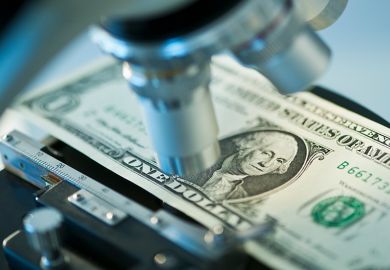Australia’s investment in research and development has slumped to its lowest level in at least 17 years, prompting fresh warnings that the country is placing itself in economic peril.
Data from the Australian Bureau of Statistics (ABS) show that R&D expenditure from all sources – business, government, higher education and the private non-profit sector – fell to 1.68 per cent of gross domestic product in 2022.
It is the lowest level recorded since the ABS adopted its current methodology for measuring gross R&D expenditure, down from 1.8 per cent in 2020 and 2.25 per cent in 2009, and a little over half the 3 per cent target set by the Labor Party before its 2022 election victory.
It is also about half the level of R&D spending in Austria, Belgium, Germany, Japan, Sweden and the US, and around a third of the investment of global leaders Israel and South Korea. And it might have slumped below the world average, according to United Nations Educational, Scientific and Cultural Organisation data.
Australian Academy of Science president Chennupati Jagadish said the country was moving in the wrong direction. “Increasing investment in R&D across all sectors…is necessary to improve productivity, boost the knowledge economy and create new jobs and industries,” he said.
“Australia has one of the world’s least differentiated economies. We remain vulnerable when our prosperity relies on such a narrow range of industries.”
Universities Australia chief executive Catriona Jackson said the research investment “free fall” was jeopardising the nation’s ability to advance. “We need R&D to boost our flagging productivity and drive economic growth,” she said.
The ABS figures emerged a day after the latest Intergenerational Report, released every two to five years, which found that productivity growth had almost halved in the past 30 years and would slow further in coming decades.
The report said R&D should be boosted in “critical and emerging technologies” to help strengthen economic resilience “in a fragmented and fragile global environment”.
The Group of Eight universities said productivity was the “pressing priority” for national prosperity. “Population growth is slowing and our population is ageing rapidly,” said chief executive Vicki Thomson. “Productivity is the only long-term factor driving living standards, and productivity growth relies on research, innovation and human capital. Our research-intensive universities are integral to the solution.”
The ABS figures show that higher education has become an increasingly heavy lifter in national R&D investment, contributing more than one third of spending in 2022 – up from less than one quarter in 2007.
But the sector’s relative contribution had declined slightly since 2020, possibly reflecting the pandemic’s impacts on university research spending.




